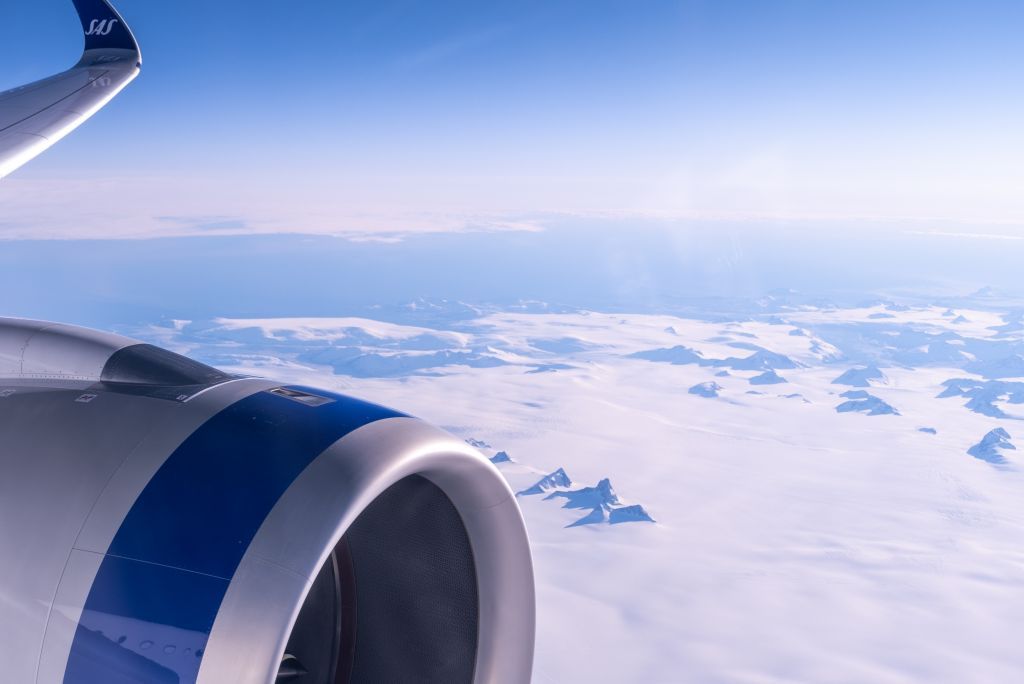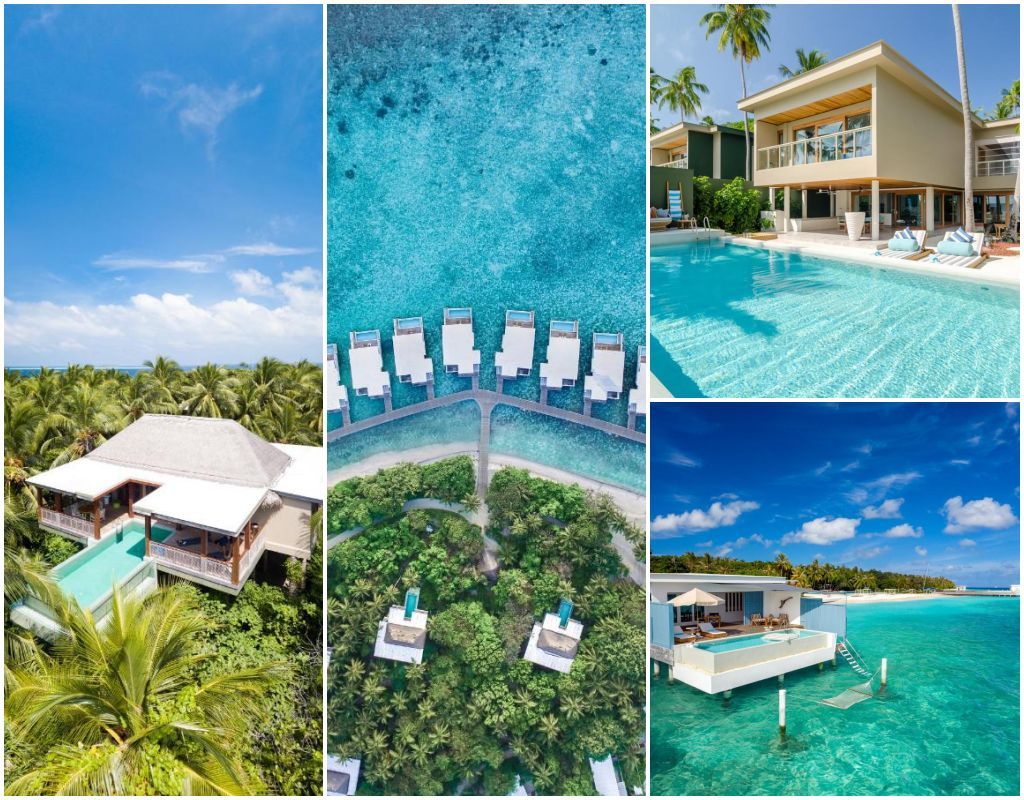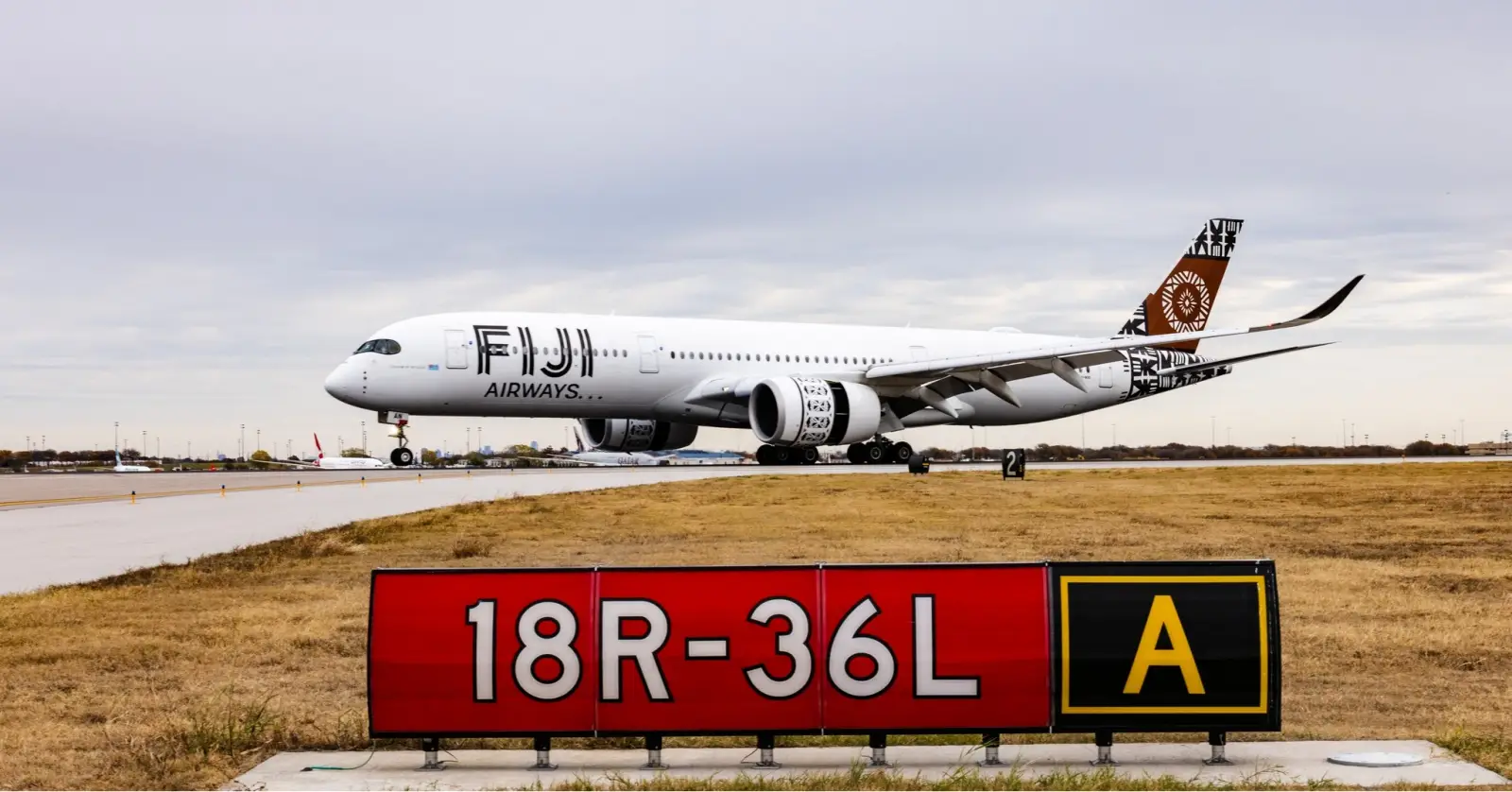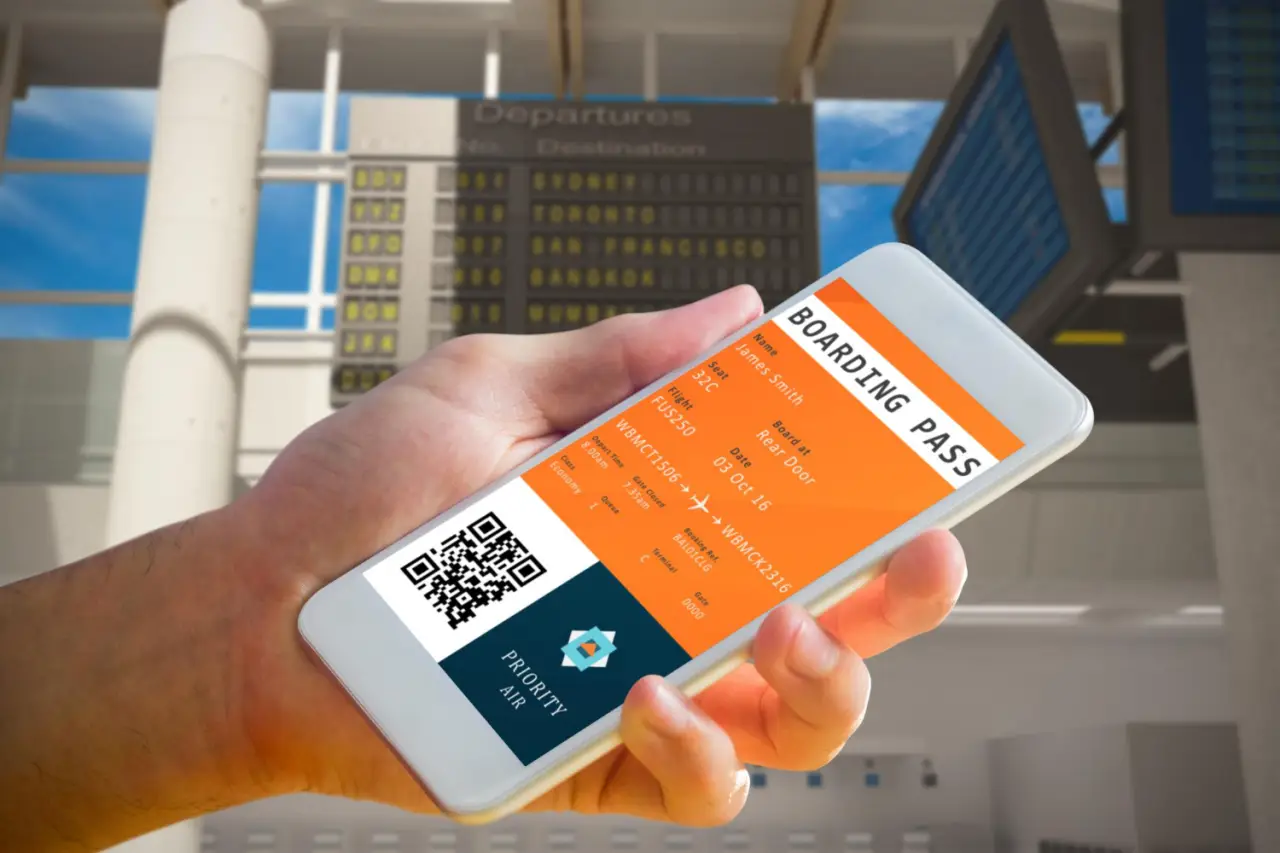Dive into the world of international borders to discover astonishing facts about the unusual and often overlooked intersections where nations meet and merge.
Maldives is a country that has no borders, the country is essentially a coastline and thus is a country “without borders”. It consists of a chain of about 1,200 small coral islands and sandbanks (some 200 of which are inhabited), grouped in clusters or atolls.
Would you like to be in three countries at the same time? The borders of Austria, Hungary and Slovakia ‘meet’ at a triangular picnic table at the Szoborpark (sculpture park in Hungarian) where you can eat in three countries at the same time!
Another tripoint is the Vaalserberg which is located between Germany, Belgium and the Netherlands and its summit is called the Drielandenpunt (“three country point”) in Dutch. Another tripoint is the Dreiländereck, a monument in Basel, Switzerland that marks the tripoint where the borders of France, Germany and Switzerland meet.
At the Three Borders Mark in Foz do Iguaçu, you can stand at the unique meeting point between Argentina, Brazil and Paraguay which is one the most beautiful borders in the world. As the Iguazu River flows down from Iguaçu Falls. it converges with the Paraná River to form one of only a few places in the world where two rivers create a border between three nations.
Can you be in 4 countries at once? The answer is yes! This rare confluence of a total four nations coming together on one spot only exists in Africa where the corners of Zambia, Zimbabwe, Botswana, and Namibia meet.
Bratislava, the capital city of Slovakia, is located in the extreme south-west of the country. The city borders Austria in the west and Hungary in the south making it the only national capital in the world to border two foreign countries.
Penon de Velez de la Gomera in Spain is the shortest border in the world, located between Spain and Morocco. The border is only 85 meters long. This international border is a Spanish rocky island located in the western Mediterranean Sea and connected to Morocco’s sandy isthmus shore.
Canada’s border with the United States is the world’s longest international border, at 8,890 km. The Mexico–U.S. border is the most frequently crossed border in the world, with about 350 million documented crossings annually.
Do you know that you can actually cross the border between Spain and Portugal by zipline, the only cross-border zipline in the world? This transportation mode, called Limitezero, is located in Sanlúcar de Guadiana, Spain which offers a unique journey crossing over the Guadiana River. However, you can only do this from Spain to Portugal!
Have you ever imagined a building that is located exactly between two different nations? The Haskell Free Library and Opera building lies exactly on the international borders of the U.S. state of Vermont and the Province of Quebec, Canada. You can actually visit this building both from the U.S. and Canada. But visitors cannot go to the opposite country’s door. If you exit into the other country, you will get into trouble!
Lesotho is completely surrounded by South Africa and has no borders with any other country. This type of country is called an enclave. Lesotho is one of the only three enclaved countries in the world (the other two are San Marino and the Vatican City).
Some borders are created by beautiful natural boundaries. Such as with China and India, separated by the Himalayan range, or as with Chile and Argentina, divided by the Andes. Other beautiful borders include The Pyrenees separating France and Spain or the Amazon River between Colombia and Peru.
It is long believed by the people of Andorra that their 70-mile long Pyrenean frontier with France is the oldest international border in the world, having been jointly agreed, written into a signed charter in 1278.
China has the largest number of international borders. It has 14 neighbouring countries and two Special administrative regions which are Hong Kong and Macau. The neighbouring countries include Mongolia, Russia, Kazakhstan, Pakistan, Afghanistan, Tajikistan, Kyrgyzstan, Bhutan, Nepal, India, Myanmar, Vietnam, Laos, and North Korea.
Like Hong Kong, Macau still drives on the left, which means travelers between Macau and other parts of China must switch sides of the road without even leaving the country! At the Lotus Bridge between Macau and Hengqin Island, cars on the Chinese side loop under the bridge in order to switch lanes.













